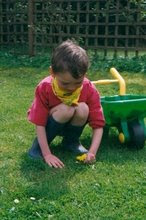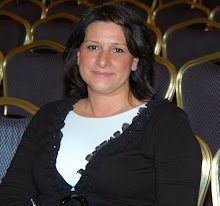 …There is much thought put in when designing the classroom set up for conductive learning.
…There is much thought put in when designing the classroom set up for conductive learning.As we take a distinctive interest in designing the classroom set up, we take the same care with a focused intent when actually physically setting up the room. The physical environment in conductive education encourages active participation and clearly reflects the standards of the set up.
I often recommend it to my colleagues and willingly participate in completely emptying classrooms with them and start from scratch.
I wonder if are there any of you who are reading this would also like to give it a go?
If you do I am sure that you will find many needles pieces of equipment, which could be stored away and unnecessary for the seamless flow of your programmes. Many useless bits and pieces are just distractions to the mind and holdbacks to active participation.
…The same applies to the children’s home environment…how many homes are ‘user friendly’ for actively functioning? …
I can still clearly hear the voice of Dr Hári with her unique way of breathing between words and sentences telling us that -‘Doktor’ Petö viewed neurological problems as organisational problems; he believed that a better organisation needed to be taught.
Organisation cannot be taught in a disorganised environment…when there is a chair in the way… or when the equipment you need is not at hand so you have to search for it, you loose the precious momentum of connection and the flow of problem solving.
Our children have to face unsuccessful attempts many times in their lives…what they need to experience is success.
She also talked us about that a child could feel ‘shipwrecked’ in the middle of a conductive programme if it is done badly, which is unacceptable and must be avoided at all costs…It is the conductors’ job to make sure that it never happens-
As we never let a child to be carried into the classroom, or lifted onto the plinth, or to crawl on the floor… we also never give out a pencil, which is not sharpened, and never start a programme unless the children are clean and their garments are tidy.
We never start a programme in a disorganised environment. Everything has its place and everything is positioned in a way to prevent failure in learning and encourage the use of the whole body in every direction in time and space.
to be continued…
Questions we should ask ourselves:
Does my classroom/home 'emphasise disability' or active functioning and problem solving?
Do the children I work with understand the concept and the difference between 'seeing myself as a walker or a crawler'?












No comments:
Post a Comment